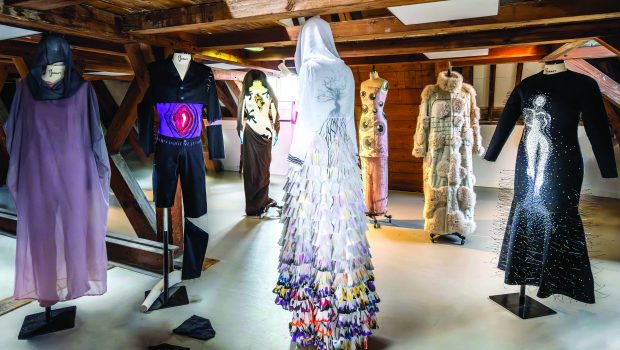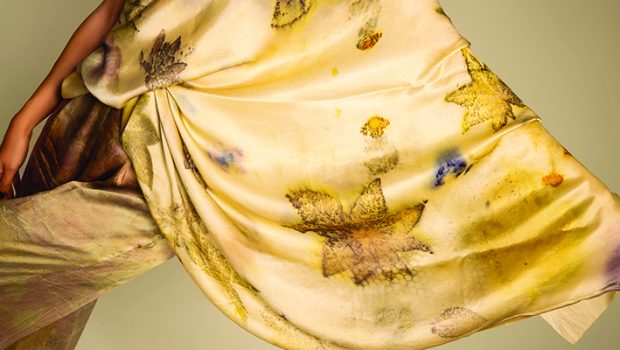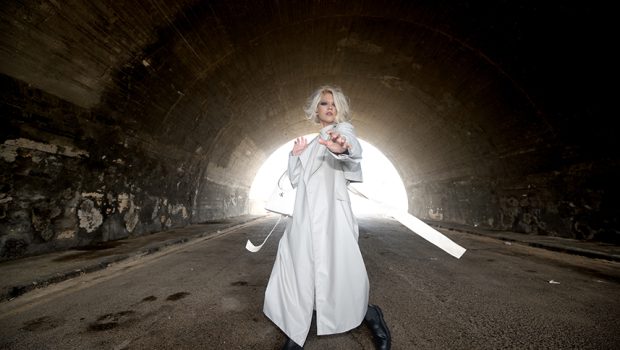What is luxury?
Alina Anisimova explores the fashion luxuries of modern times
Words: Alina Anisimova
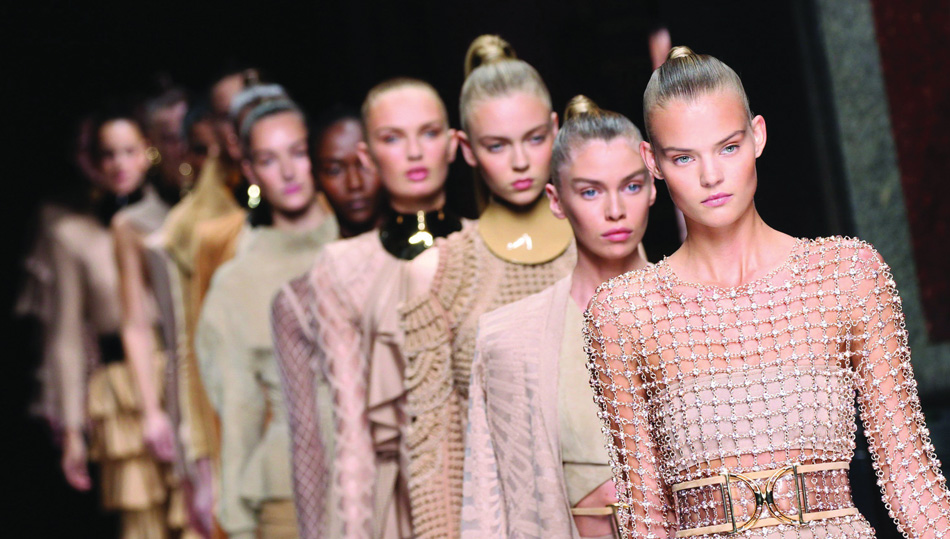
When it comes to luxury, what do we think about? Perhaps we imagine people lounging glamorously by the pool in fancy mansions, wearing insanely expensive designer pieces while drinking Champagne and showing off their sparkling diamonds. This image has become a one of myth – the concept of luxury in fashion goes far beyond this basic perception, and is ever-changing throughout the history of the industry.
“The personal luxury goods market – including leather accessories, fashion, hard luxury and fragrance & cosmetics – reached €253 billion in 2015,” the leading management consulting firm Bain & Co reports. The luxury business is growing steadily and has tripled in size over the past 20 years, which makes luxury pieces the best option for an investment indeed. But is the idea of luxury really the same as it was twenty years ago?
In the beginning of the new millennium, the term luxury meant rarity, superior craftsmanship, and sky-high prices. The distance between mass-market and high fashion was substantial, since those consumers shopping for high street were not always able to afford purchasing luxury goods. It worked the other way round, too – the high fashion audience of the past would never set foot in a high street store.
Now, 16 years later, when fashion is fast and available like never before, the luxury business has revolutionised and the concept has changed; it’s now all about buying less, but better. We are a new generation of consumers, which is no longer lusting after labels and looking for compliments based on consumption. These days, luxury is about comfort, quality and individuality; we are now looking at how progressive and functional
the clothing is, rather than its famous designer label.
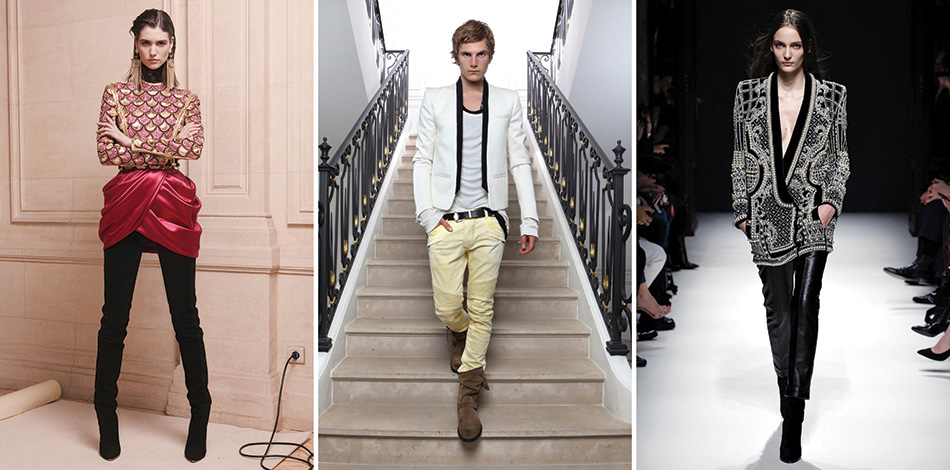
Doubtlessly, some fashion houses are timeless and will always remain the power players in the luxury market, but today the industry has a new kind of exclusive clothing to offer. There are smaller brands that are focusing on the same stylish impact, using premium quality materials and progressive ideas, but the price is lower. However, these beautifully-made pieces are still able to be passed down from generation to generation due to the craftsmanship and high quality materials used to make them.
The fashion industry introduces new names every season. The new generation of the 21st century designers is as young and ambitious as their fashion audience, yet still some of them can already tell the story of success. Perhaps, the ultimate rules of luxury fashion were changed when Humberto Leon and Carol Lim joined the Kenzo house in 2011. The new co-creators didn’t really follow aesthetic guidelines of the brand, but instead aimed to bring playfulness and just the right amount of “cool” to a French luxury house.
You’ve probably heard about the tiger print sweatshirt from Kenzo by now – it was designed by an iconic brand, and is as qualitative and stylish as expensive luxury goods, yet far less expensive. The famous sweatshirt represents exactly what the young audience wants from the fashion industry today – a refreshing modern edge for an affordable price.
The line between the luxury market and masses is blurring by the annual collaborations between high fashion and high street. For instance, the Swedish retailers H&M have been working with some of the most iconic names of the industry for over ten years now, from Karl Lagerfeld in 2004 to the latest collection designed by Balmain. The collaborations are highly successful and undoubtedly reach a younger fashion audience.
The late Alexander McQueen said once, “I think the idea of mixing luxury and mass-market fashion is very modern, very now – no one wears head-to-toe designer anymore.”
In the fashion world, quality, authenticity and individuality are treated as true luxuries these days. It doesn’t mean we don’t love things glamorous, but it doesn’t have to be gold to glitter.
